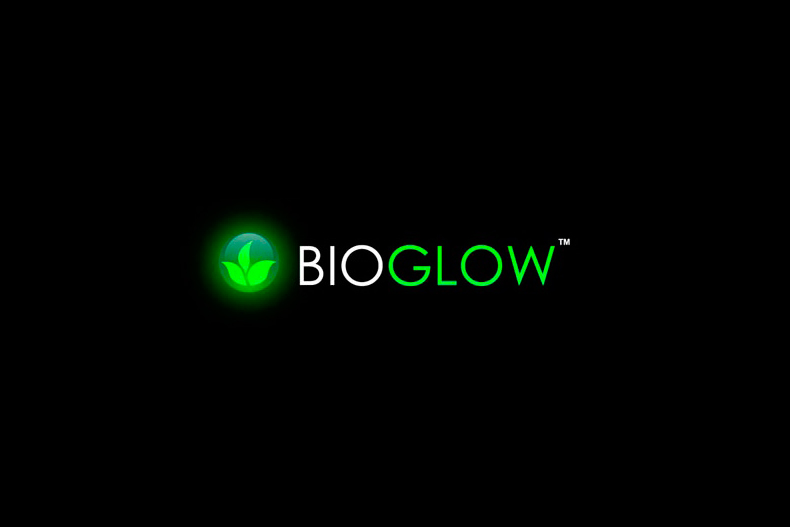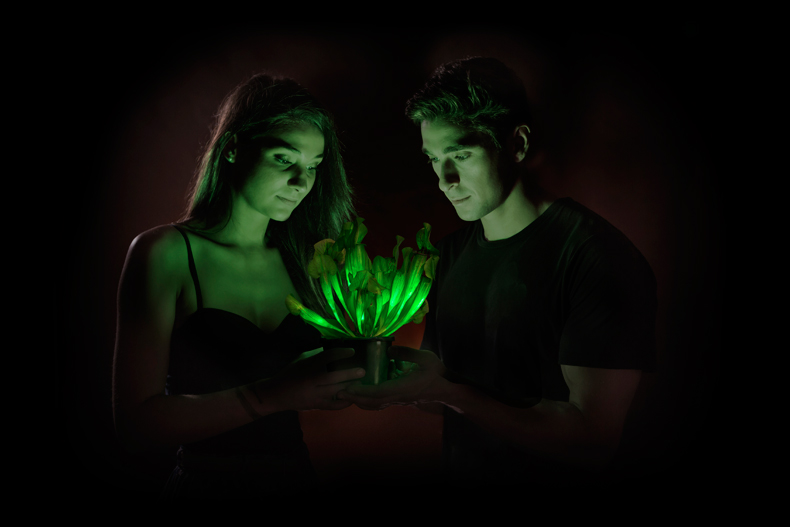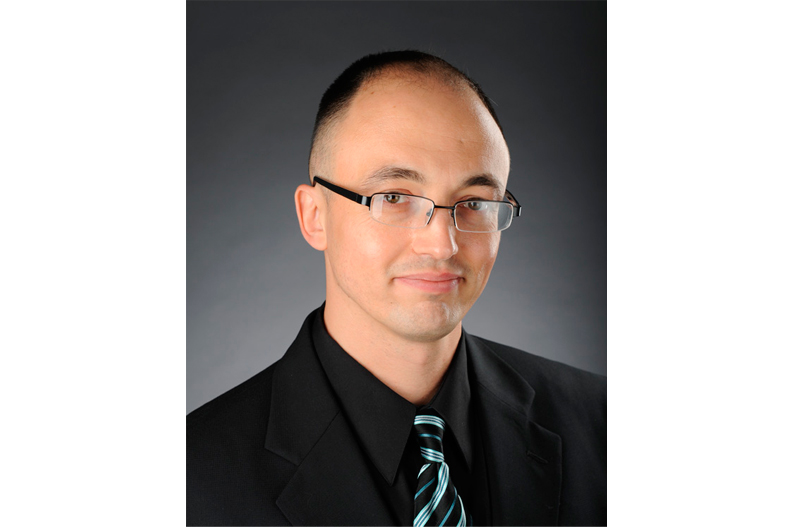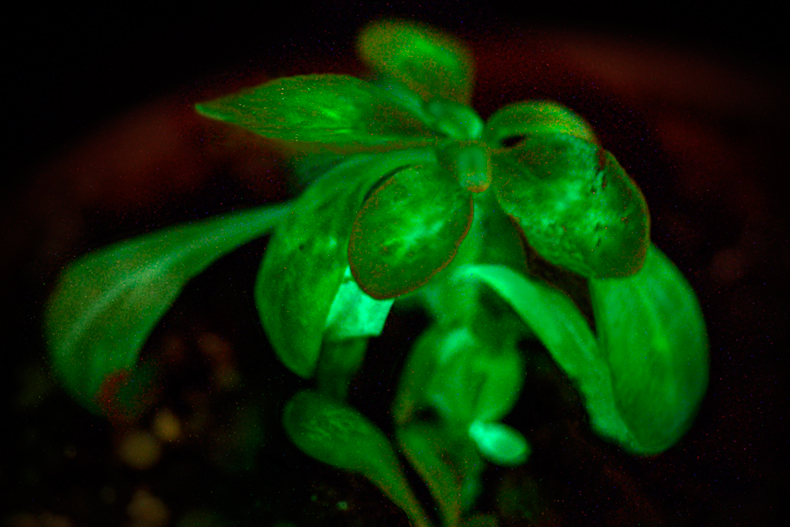Feb 17, 2014 8 Questions With: Alex Krichevsky of Bioglow
Imagine a sustainable green alternative solution to electricity dependent light sources, in which highways and driveways are illuminated with ornamental plant varieties. Bioglow is a company that caught my attention because of its revolutionary development of genetically engineered plants that produce and emit light. This St. Louis-based biotech firm has just launched the first commercially available bioluminescent plant, aptly named Starlight Avatar. Bioglow’s founder Dr. Alexander Krichevsky studied both bioluminescence of marine bacteria and molecular biology of plants for many years, and ultimately the intersection of these two disciplines inspired this concept. To realize his vision, Dr. Krichevsky reached out to Tal Eidelberg, a technology entrepreneur, to assist in forming the Bioglow organization. Dr. Krichevsky shares a bit more about their vision as well as some insights from their journey so far.Tell us a bit about your journey over last few years: the research, concept development, inception, launch (your soon-to-happen auction), and product development?
I came up with the concept of glowing plants in the mid 90’s, when I was studying bioluminescence and plant molecular biology. For many years I have revisited this idea, but the actual opportunity to start working on this project emerged over ten years later. It took over six years and a significant capital investment to bring this venture from its inception to development of the first commercial autoluminescent plant, Starlight Avatar.
How would you describe your role (day-to-day and how it has changed over time so far)?
In a small company – which Bioglow still is – the founding entrepreneur has to be hands on with essentially all functions within the business. Bioglow is a biotech company and my routine alternates between the actual scientific research, intellectual property (IP) and regulatory work as well as variety of business functions, from business development to marketing.
Where would you like to take Bioglow in the future?
In the near term we will be focusing on developing new and exciting ornamental plant varieties to revive the ornamental plants market. In the future, we hope for Bioglow to become a leading innovator in the field of horticulture, developing new plants varieties that will help to make our environment and lifestyle more sustainable.
What are some of the challenges you see in adoption of this type of plant based sustainable light sources?
We notice strong excitement and positive feedback from the public, particularly people who are interested in green, sustainable and affordable products. The biggest challenge appears to be bringing plant’s brightness to a level where they can effectively replace electric lighting used in landscaping, which I think we are going to overcome in the future.
How important is the open source movement to innovation in your space?
I am not certain that this is a viable approach. Unlike the IT space, for example, where essentially anyone can learn a programming language, buy a computer, get connected to the internet and start their own company or develop a software product, biotechnology requires significant knowledge (typically PhD level), equipment, facilities and funding. To an extent, in its complexity, biotechnology can be compared to a medical field and suggesting that it can be an open source is similar to saying that everyone can perform complex medical procedures by themselves. It is a bit naïve.
As a kid, what did you aspire to be?
An archaeologist. I still like to buy and restore antiques as a hobby. My latest acquisition is an old 19th century stove of CraigsList. It should be a fun project to restore over a weekend!
Where do you find inspiration?
In scientific concepts that can be applied to create novel and popular products to help enhance the quality of human life.
What is your favorite post-work destination (or favorite place to travel)?
I like old St Louis neighborhoods. They have beautiful architecture with a century-old charm.
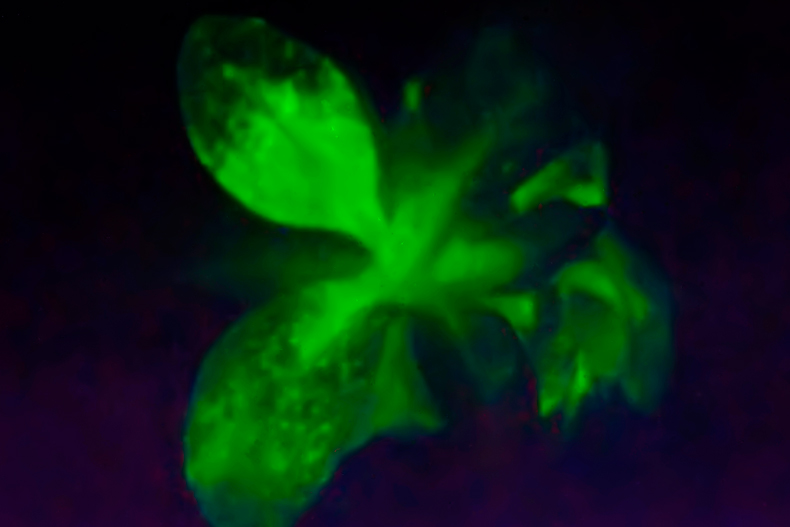
For more great Imprint content, be sure to follow us on Twitter, Instagram, and Facebook!



